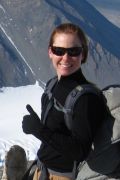 Methane in Drinking Water (start time 05:36) Flaming water faucets were infamously exposed in the documentaries Gasland and Gasland 2. The water isn’t catching fire–methane in the water is. People are deeply concerned that methane, dredged from kilometers down, is leaking into our drinking water supplies through poorly constructed and maintained oil and gas wells, but methane can be produced by living organisms much closer to the surface too. How can we tell where the methane in the water is coming from? One way is to look at stable isotopes of carbon, but the tests are expensive and require a lot of expertise. But our guest Dr. Lee Stanish explains to host Jim Pullen that she is working on much cheaper ways to trace the source of the methane. Lee is a Research Associate in the Department of Molecular, Cellular and Developmental Biology at the University of Colorado, Boulder. She’s trying to raise money for her research through crowd-sourcing–learn more here.
Methane in Drinking Water (start time 05:36) Flaming water faucets were infamously exposed in the documentaries Gasland and Gasland 2. The water isn’t catching fire–methane in the water is. People are deeply concerned that methane, dredged from kilometers down, is leaking into our drinking water supplies through poorly constructed and maintained oil and gas wells, but methane can be produced by living organisms much closer to the surface too. How can we tell where the methane in the water is coming from? One way is to look at stable isotopes of carbon, but the tests are expensive and require a lot of expertise. But our guest Dr. Lee Stanish explains to host Jim Pullen that she is working on much cheaper ways to trace the source of the methane. Lee is a Research Associate in the Department of Molecular, Cellular and Developmental Biology at the University of Colorado, Boulder. She’s trying to raise money for her research through crowd-sourcing–learn more here.
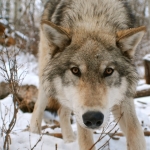 Haven for Captive Wolves (start time 14:25) Right now in the United States, about a quarter of a million wolves live in captivity and fewer than 10,000 wolves in the wild. Most of the captive wolves born each year do not survive to see their first birthday. They’re either destroyed or they die of neglect. Colorado’s Mission Wolf refuge has rescued three dozen of these born-in-a-cage wolves to give them a better life, and to use some of them as ambassadors who educate people around the U-S about the amazing intelligence of wolves, and their plight. How On Earth’s Shelley Schlender and Boulder Naturalist and KGNU volunteer, Steve Jones, bring us the story.
Haven for Captive Wolves (start time 14:25) Right now in the United States, about a quarter of a million wolves live in captivity and fewer than 10,000 wolves in the wild. Most of the captive wolves born each year do not survive to see their first birthday. They’re either destroyed or they die of neglect. Colorado’s Mission Wolf refuge has rescued three dozen of these born-in-a-cage wolves to give them a better life, and to use some of them as ambassadors who educate people around the U-S about the amazing intelligence of wolves, and their plight. How On Earth’s Shelley Schlender and Boulder Naturalist and KGNU volunteer, Steve Jones, bring us the story.
Hosts: Beth Bartel and Jim Pullen
Producer/Engineer/Executive Producer: Jim Pullen
Additional contributions: Shelley Schlender and Joel Parker
Listen to the show here:
Podcast: Play in new window | Download (Duration: 24:50 — 34.1MB)
Subscribe: RSS




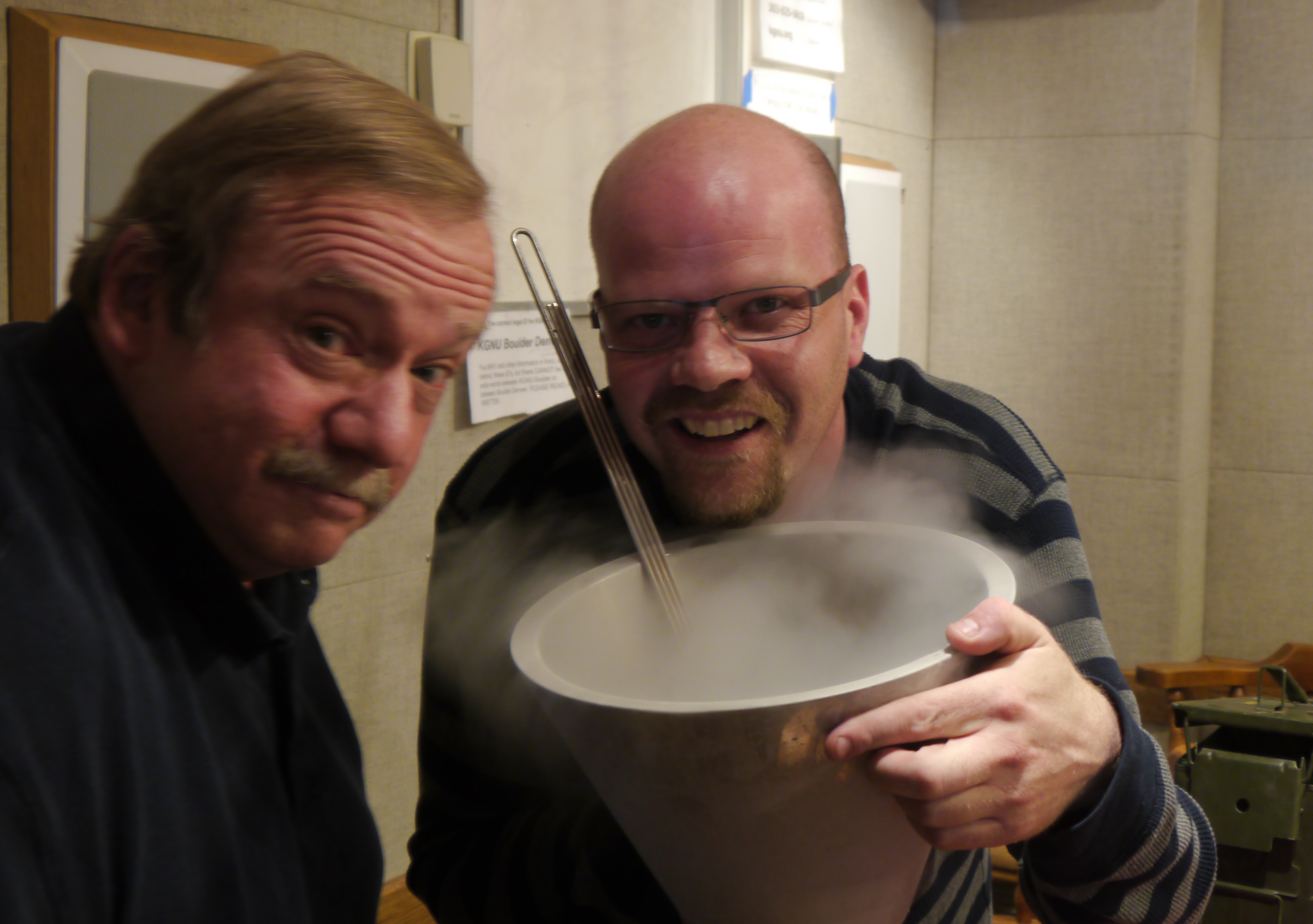
 Welcome to a special
Welcome to a special 
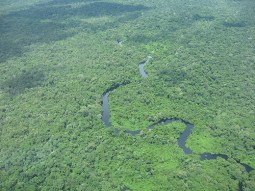 Amazon CO2 (start time 04:37) The Amazon basin contains the largest tropical rainforest on the planet. It’s been critical not only for its beauty and biodiversity but also for its ability to store more carbon dioxide than it emits. The soil and above-ground biomass of the Amazon makes it one of the largest reservoirs of carbon dioxide. And that has helped to keep climate change from accelerating even faster. But a new
Amazon CO2 (start time 04:37) The Amazon basin contains the largest tropical rainforest on the planet. It’s been critical not only for its beauty and biodiversity but also for its ability to store more carbon dioxide than it emits. The soil and above-ground biomass of the Amazon makes it one of the largest reservoirs of carbon dioxide. And that has helped to keep climate change from accelerating even faster. But a new 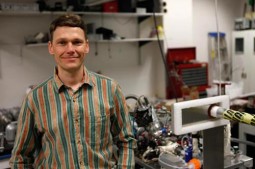 Power Plant Smokestacks (start time 14:43) To understand the global greenhouse gas budgets, it’s critical to characterize their sources and sinks. Electrical power generation accounts for about a
Power Plant Smokestacks (start time 14:43) To understand the global greenhouse gas budgets, it’s critical to characterize their sources and sinks. Electrical power generation accounts for about a 
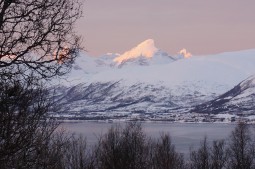

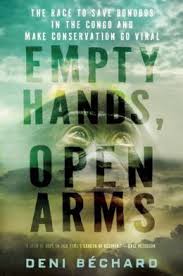 Bonobo Conservation Success: (start time: 16:11) Author
Bonobo Conservation Success: (start time: 16:11) Author 

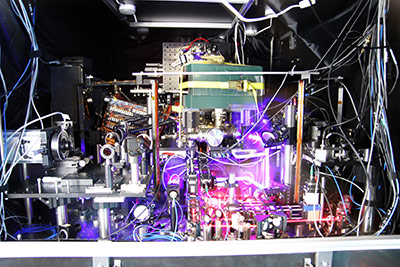 Strontium Clock (start time 14:10) We’ve got a full-house of physicists in the studio today to help us understand the new
Strontium Clock (start time 14:10) We’ve got a full-house of physicists in the studio today to help us understand the new 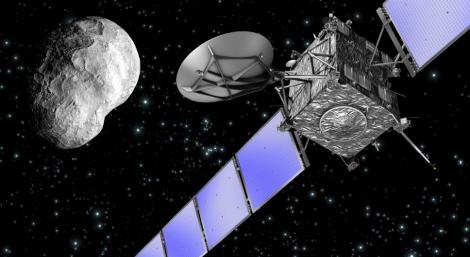



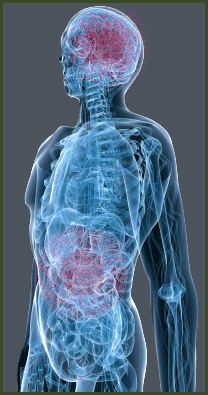
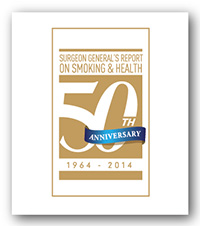
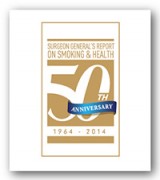 Quitting smoking (start time 4:39) 50 years ago, the U.S. Surgeon General began a
Quitting smoking (start time 4:39) 50 years ago, the U.S. Surgeon General began a 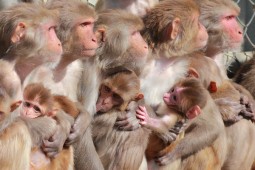
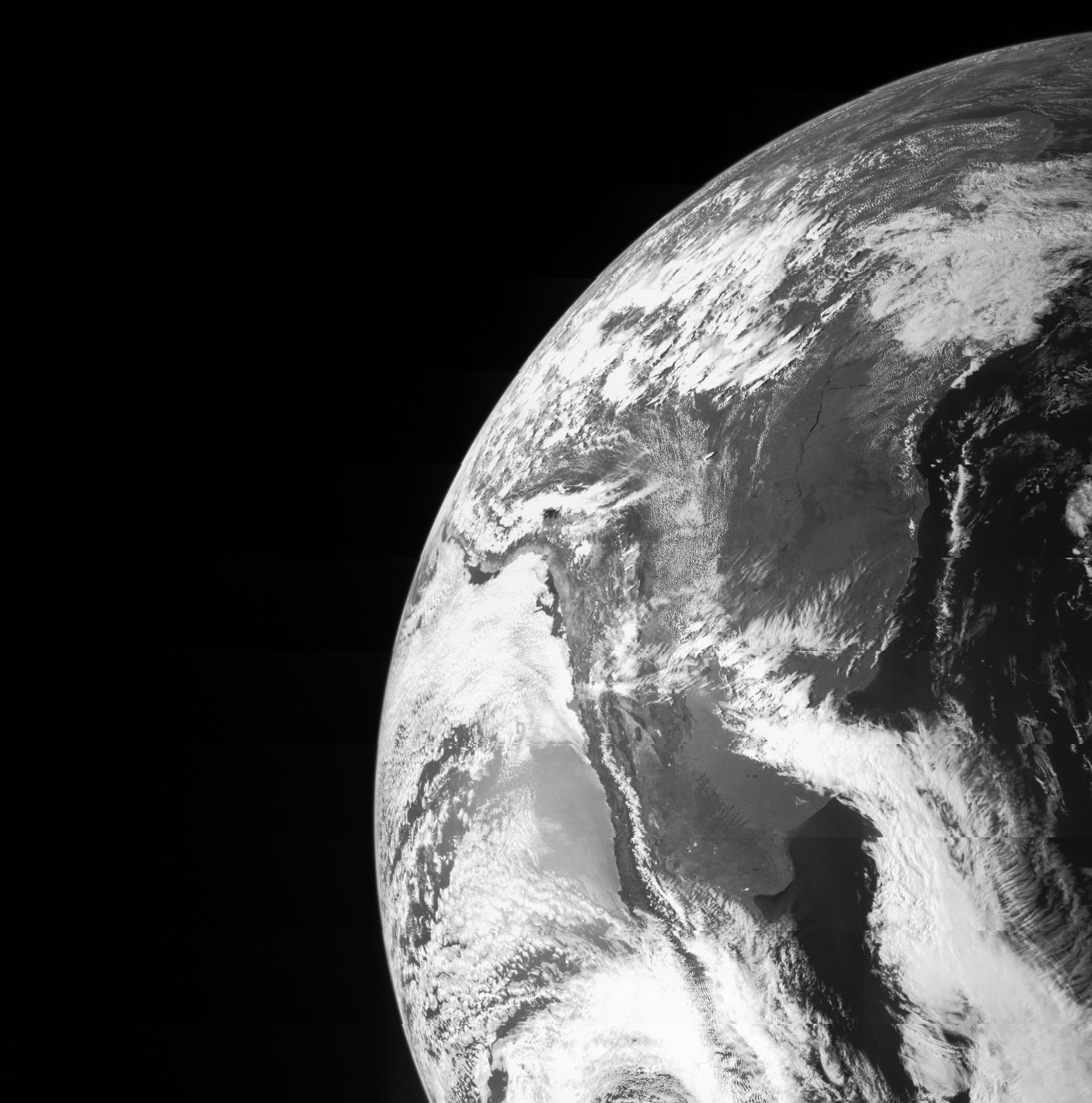
 For our first show in 2014 we offer two feature interviews:
For our first show in 2014 we offer two feature interviews: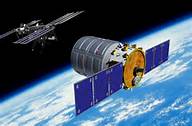 Feature #2: In expectation of the first official cargo flight of the
Feature #2: In expectation of the first official cargo flight of the 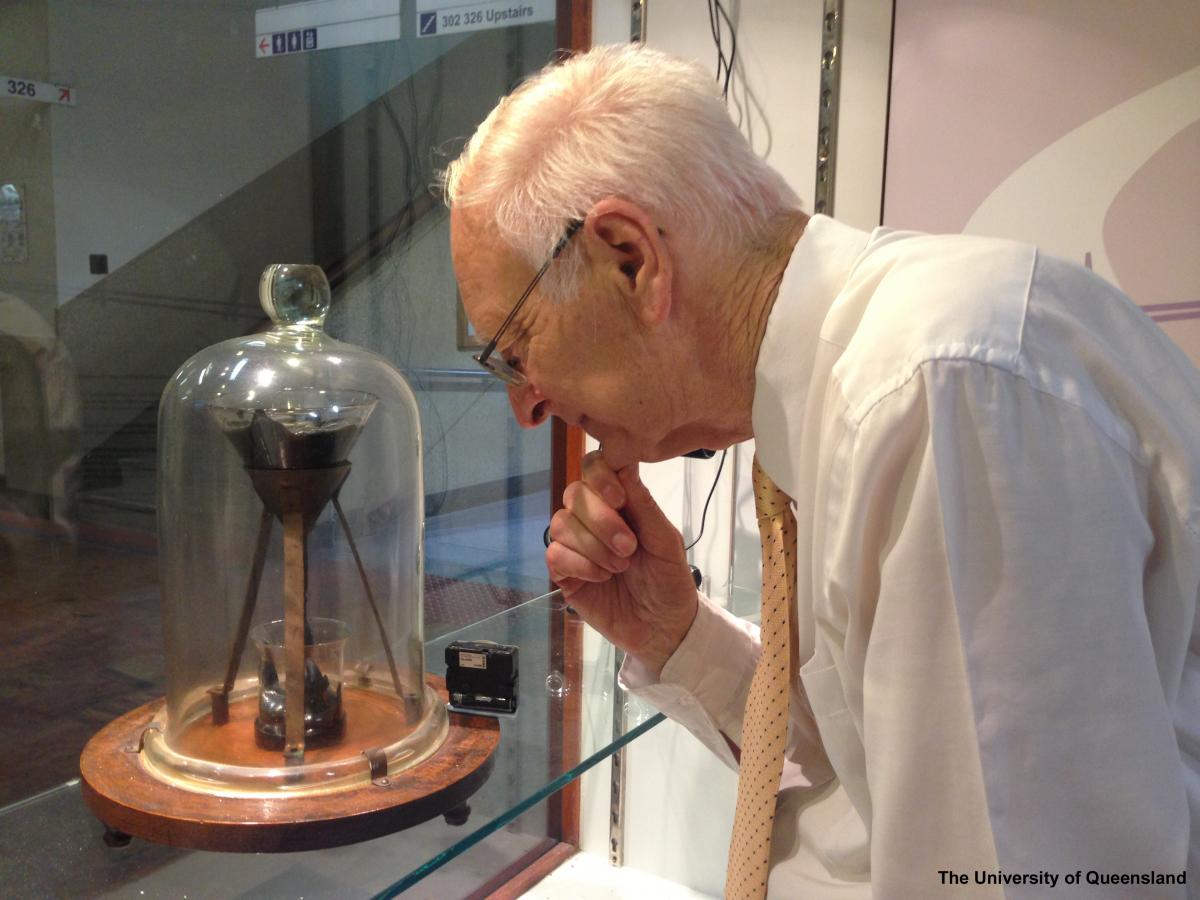
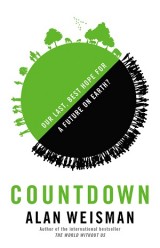 Biology and Health (start time 00:56). This year marked the passing of long-time Boulder resident, Al Bartlett. Bartlett was one of the world’s most eloquent voices calling for population control. He will be missed. One of the champions picking up the torch is New York Times bestselling author, Alan Weisman. Weisman offers exciting solutions to population growth in Countdown: Our Last, Best Hope for a Future on Earth.
Biology and Health (start time 00:56). This year marked the passing of long-time Boulder resident, Al Bartlett. Bartlett was one of the world’s most eloquent voices calling for population control. He will be missed. One of the champions picking up the torch is New York Times bestselling author, Alan Weisman. Weisman offers exciting solutions to population growth in Countdown: Our Last, Best Hope for a Future on Earth.
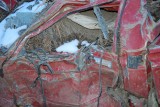


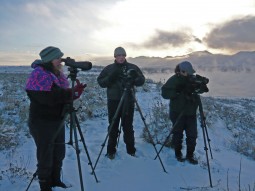 Christmas Bird Count (start time: 12:51) It’s the time of year when humans are flying hither and yon to gather with family for Christmas. Others are heading somewhere south for vacation to escape the winter chill. Many birds are on the move as well, heading south to overwinter. Others are sticking around. These human and avian patterns are converging with the annual Audubon Society’s
Christmas Bird Count (start time: 12:51) It’s the time of year when humans are flying hither and yon to gather with family for Christmas. Others are heading somewhere south for vacation to escape the winter chill. Many birds are on the move as well, heading south to overwinter. Others are sticking around. These human and avian patterns are converging with the annual Audubon Society’s